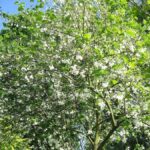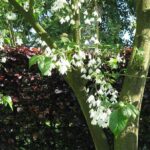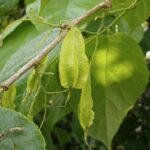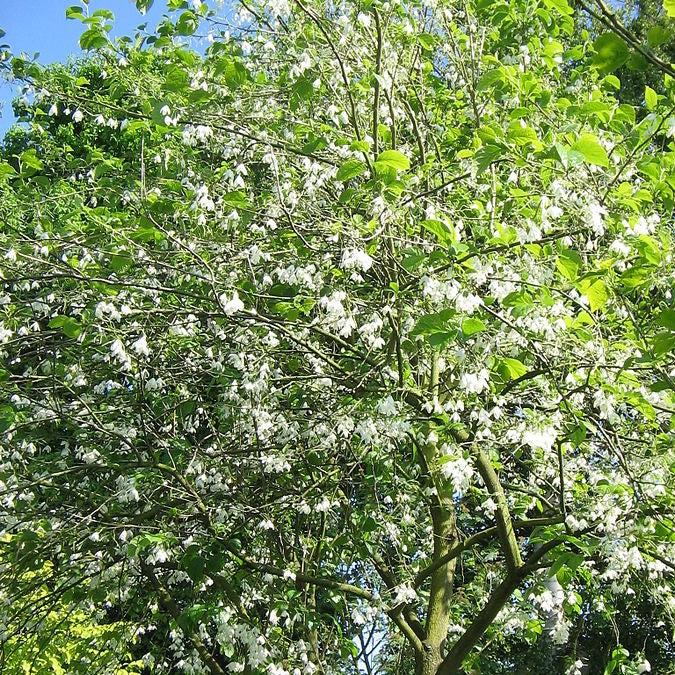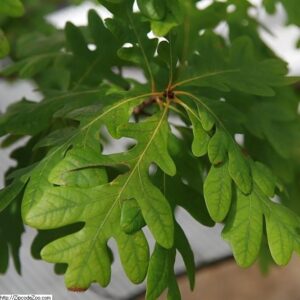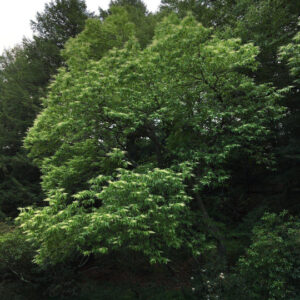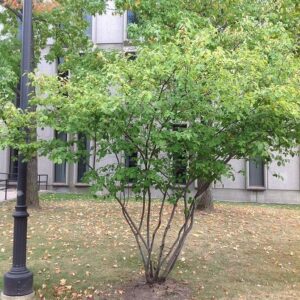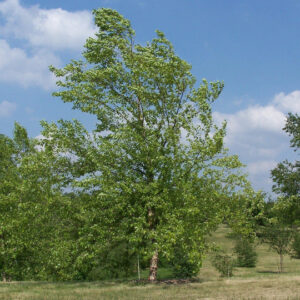The Carolina Silverbell, also known as Halesia carolina, is a lovely deciduous tree native to the southeastern United States. It is known for its graceful, bell-shaped white flowers that bloom in the spring, usually around April or May. The flowers hang in clusters and create a stunning display. After the flowers fade, the Carolina Silverbell produces small, greenish-brown fruit that eventually turns brown and persists into the winter.
In terms of its appearance, the Carolina Silverbell has a rounded crown and can reach a height of about 20 to 40 feet (6 to 12 meters) with a similar spread. The leaves are oval-shaped, dark green, and turn yellow in the fall, adding a touch of autumn color to the landscape.
This tree prefers moist, well-drained soil and partial shade to full sun. It is a great choice for gardens, woodland areas, or as an accent tree.
|
Type: |
Tree |
|
Origins: |
Southeast N. America; GA Native |
|
Height: |
30′ – 40′ |
|
Spread: |
25′ – 35′ |
|
Spacing: |
30′ |
|
USDA Hardiness Zone: |
4 – 8 |
|
Culture: |
Full Sun, Part Sun |
|
Bloom Color: |
White |
|
Season of Interest: |
Spring, Fall |
MAINTENANCE NEEDS: Low Maintenance. Water regularly. Prune as needed in winter to shape. Can be susceptible to leaf spots and cankers, and watch for aphids and scale. Sensitive to drought and soil compaction.
LANDSCAPE USES: Accents or Group Plantings, Borders, Wildlife Gardens, Naturalized Areas, Screening, and Foundation Plantings.
COMPANION PLANTS: Barberry, Tulip Tree, Witch Hazel
IMAGES: Meneerke bloem, Halesia carolina01, CC BY-SA 3.0, (2) Meneerke bloem, Halesia carolina03, CC BY-SA 3.0, (3) Meneerke bloem, Halesia carolina02, CC BY-SA 3.0, (4) Meneerke bloem, Halesia carolina fruits, CC BY-SA 3.0
*As plants have ranges in appearance they may not appear as the images shown.

